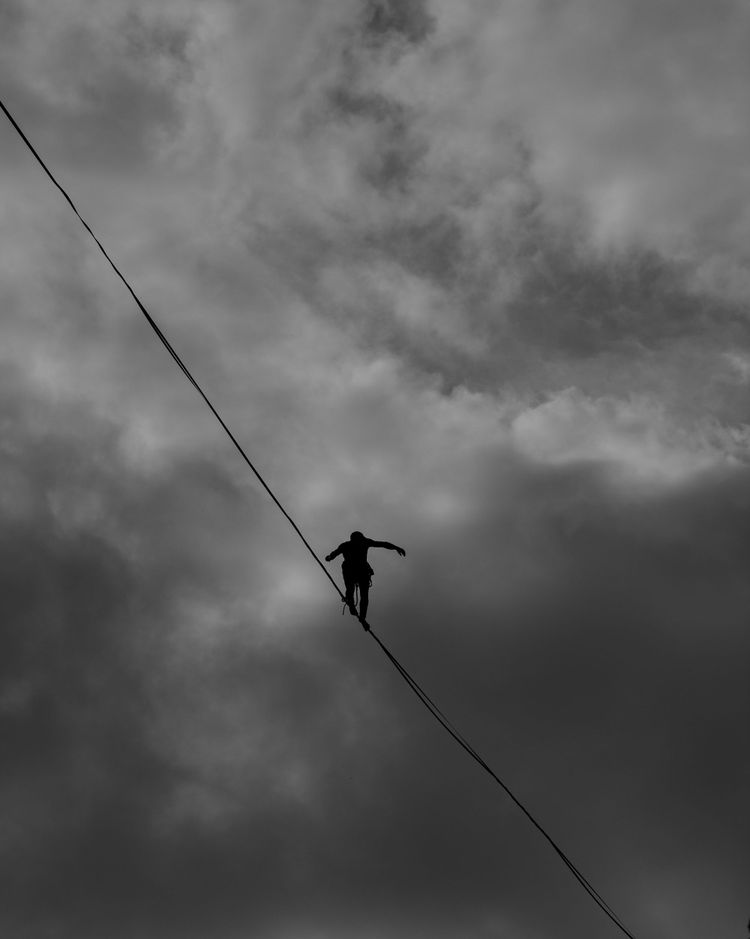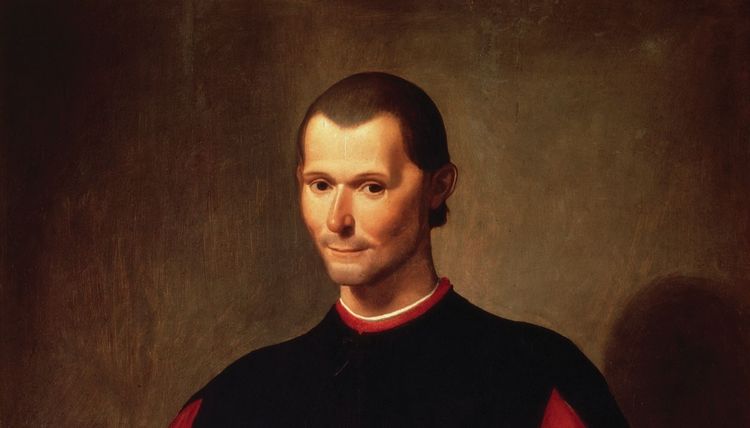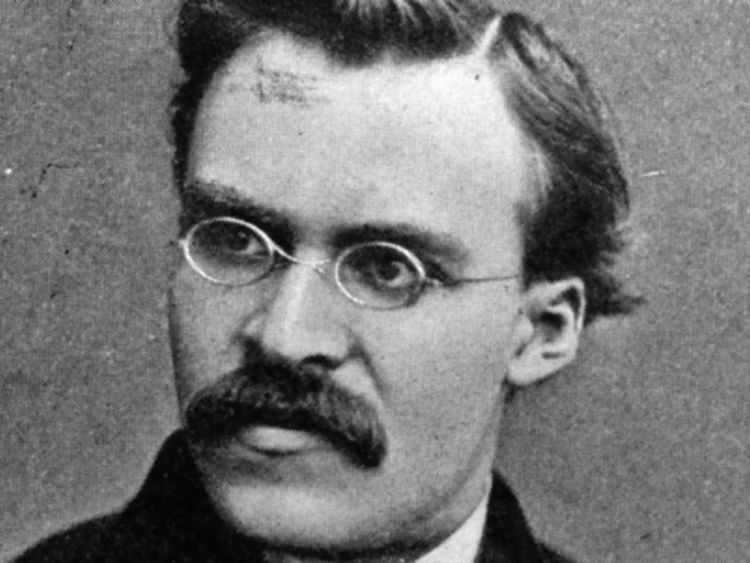The Multiplicity of "Steppenwolf"

Herman Hesse’s Steppenwolf is as depressing as it is magical, as confusing as it is enlightening, and as distant as it is relatable. In the preface, Hesse expresses concern about the frequency with which he hears about the novel’s relatability, especially from readers much younger than Harry Haller, the protagonist. Harry—a drifting, nearly fifty-year-old man—has dedicated his life to amateur study of the arts and philosophy and—as a result—ostracizes himself from middle class society, living isolated in his own bubble within it. His resulting loneliness and continued aimless studies perpetuate a cycle of isolation, leading Harry to characterize himself as a sort of martyr for the world of higher human triumph—of art. Yeah, I’d say that’s some pretty heavy stuff for twenty-somethings to be relating to. Harry, however, is anything but a simple character, and I would challenge any self-reflecting person to find nothing relatable in him. After all, his soul is far from resolute. Harry’s tale is that of a crisis of self—or of selves—and it is one which cannot be resolved, only remedied.
Harry prefers to refer to himself not by his name but as the Steppenwolf—a lone wolf of the steppe, cast out from society without companionship. The Steppenwolf hates society and its crass culture and isolates himself from it whenever possible. He even hates his own ties to and reliance on society and the limits it imposes on his expression.
“I am in truth the Steppenwolf that I often call myself; that beast astray that finds neither home nor joy nor nourishment in a world that is strange and incomprehensible to him.” (30)

However, Harry soon reveals that the Steppenwolf is only one of his two selves. The other, Harry himself, is far from an active community member, but he soothes his other half’s hatred with classical music, poetry, and philosophy. He is infatuated with the upper echelons of culture and sees their creations as humanity’s true purpose. The two Harries clash over whether this world has purpose and beauty and value, but—despite Harry’s attempts to position his selves as nearly totally antagonistic—their similarities shine brightly.
The clearest of these is their shared contempt of the “mediocre middle class.” The Steppenwolf despises this world in which he feels trapped and restrained, while Harry condescendingly adores its quaintness—like a prince atop his tower examining a cute village through a telescope. Their approaches are juxtaposed, but their conclusions are the same: They live a parallel life within this mediocre world, but they truly are not a part of it.
“For what I always hated and detested and cursed above all things was this contentment, this healthiness and comfort, this carefully preserved optimism of the middle classes, this fat and prosperous brood of mediocrity.” (27)

From popular music to social activities to funerals, Harry is not a participant but an outside observer, cynically analyzing every aspect to the point of ridicule. This detachment from the quaint, genial, fun-loving middle class world reveals the second major similarity between Harry and the Steppenwolf: their unwaveringly grave nature, especially when pondering themselves and their own life.
The main conflict of Steppenwolf is Harry’s difficulty in accepting that his multiplicity goes further—that he is part of the middle class world around him. The seriousness with which both Harry and the Steppenwolf view themselves clouds their vision and biases their perspectives such that even recognizing this fact is a challenge. Hermine—a young partier and casual courtesan whom Harry meets while particularly depressed in a bar—gradually opens Harry’s eyes. Harry (reluctantly) dances, parties, listens to jazz, and even makes friends. Facing his expanded multiplicity—not one of two souls but one of thousands constantly interplaying and fighting for air—helps Harry to live a slightly happier, more enlightened life.
Herman Hesse’s view of multiplicity fascinates me and helps to put into words some of my own feelings. I too feel the thousand souls inside me jostling for space. I too feel my self-perception, my beliefs, or even my entire personality swing radically with my environment and mood. At times I agree with Harry’s thorough dismantling of the middle class, and I feel trapped by its “never-ceasing machinery,” while at others I delight in my middle class comforts and lifestyle (78). I grew up in a world which—relative to Hesse’s and Harry’s world of the early twentieth century—values diversity and difference. I was taught—and still believe—that I can be friends with anyone, that I can enjoy any hobby or sport, that I can live in any culture, and that I can devote my life to anything. This upbringing has contributed to my recognition of my multiplicity, and I believe I am not alone in that.
Those of us who do recognize and accept our multiplicity face an inverse problem to that of Harry Haller. Instead of blindly committing to one self and closing our eyes to the possibilities, our eyes are wide, terrified at the expanse which lies in front of us. Some of us may stand paralyzed by the infinite selves from which to choose. Others may overextend themselves trying to be them all, fearful of rejecting even one potentiality. Even others may choose to close their eyes and attempt to return blissfully to the life of the Steppenwolf—to a life of certainty and direction. Of course, many of us do a little of all three.
In my self-reflection, I have found no greater challenge than that of multiplicity. The realization that I do not have the time or energy to master fifteen hobbies, to live in five places, or to work ten careers is bone-chilling. I simply cannot accept that a potential skill or experience which I crave must be mutually exclusive with another, or with ten others, but such is life. Every day, we decide—often subconsciously—who we are by what we do and how we act on that day. Every time we do something, we are not doing something else—silently rejecting every show, game, skill, hobby, and friend on which we are not spending our time. To me, this is the gravest of all realizations.

Perhaps my problem is impossibly different from Harry’s, but perhaps they are only as different as Harry and the Steppenwolf. Like them, my experiences with multiplicity are also rooted in seriousness. The decisions I make between my many souls are difficult because I understand their magnitude and consequences, and then the same gravity which hinders Harry’s self-perception crushes me. Ultimately, although Hermine served as Harry’s earthly guide, his spiritual visions of the Eternals—his most revered artistic role models (Goethe and Mozart)—most clearly articulate the root of his problems. They see that our self-defeating gravity is caused by our own mortality—by our perception of time. They see that to overcome this gravity, we must not be afraid to laugh. We must laugh at the little things but also at the greatest challenges. We must laugh at the world but also at ourselves. We must laugh alone and with others. Laughter—not just lightheartedness, but genuine humor—helps us to accept those parts of us which scare us and helps us to say goodbye to those potentialities which are so hard to let go. If we enjoy life regardless, then the details become so much less important, and we can appreciate ourselves for whoever we see fit to be in any moment.
“In eternity, however, there is no time, you see. Eternity is a mere moment, just long enough for a joke.” (97)



